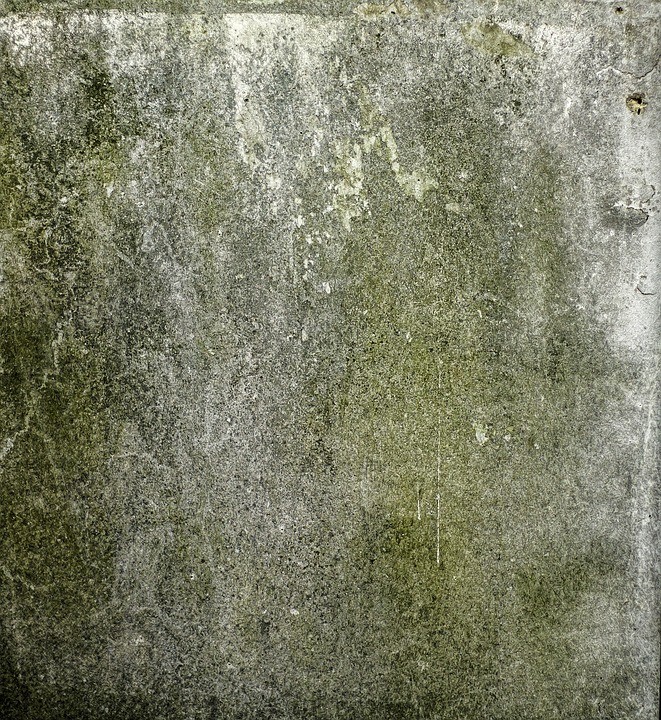Mold is a type of fungus that thrives in warm and humid conditions. With the absence of light, conditions become even more supportive of mold growth. A mold infestation can ruin both your home and your health. Many people are sensitive to molds. When inhaled, molds can cause a runny or stuffed-up nose, throat irritation, wheezing or coughing, and eye and skin irritation. People with allergies to mold may react severely to a mold infestation.
Here are a few areas of the home that you can regularly inspect for mold:
- Attic. Water pipes typically run through the attic, and the attic is also vulnerable to roof leaks. If moisture enters the attic, you can expect mold to flourish, because the attic is usually warm and dark—just right for mold growth.
- The bathrooms, especially the shower curtain. The bathroom is often damp and moist from showering, making a “happy home” for mold spores.
- The foundation. There is a tendency for debris to collect around a home’s foundation. If it is not cleared away regularly, you could have a breeding ground for mold.
- Garden compost. Organic matters decompose in compost piles, turning the area damp and moist. While composting provides many environmental benefits, it can also foment mold growth.
- Basements are prone to mold because they tend to be darker and more humid than other areas of the home. Always check your basement, especially the dark corners, for the presence of mold. It is often a good idea to run a dehumidifier in the basement.
- Trash cans – Trash bins must be taken out and cleaned regularly to prevent the growth of mold. When your trash can gets stinky, clean it out. The stench is often an indicator of mold.
It’s easy to remove mold from the house when it first starts to grow. A thorough spraying of distilled vinegar will often get rid of the problem. If the mold infestation is substantial, seek professional help. Mold, especially black mold, can be very hazardous. The professionals at The Disaster Company can provide safe and thorough remediation.

